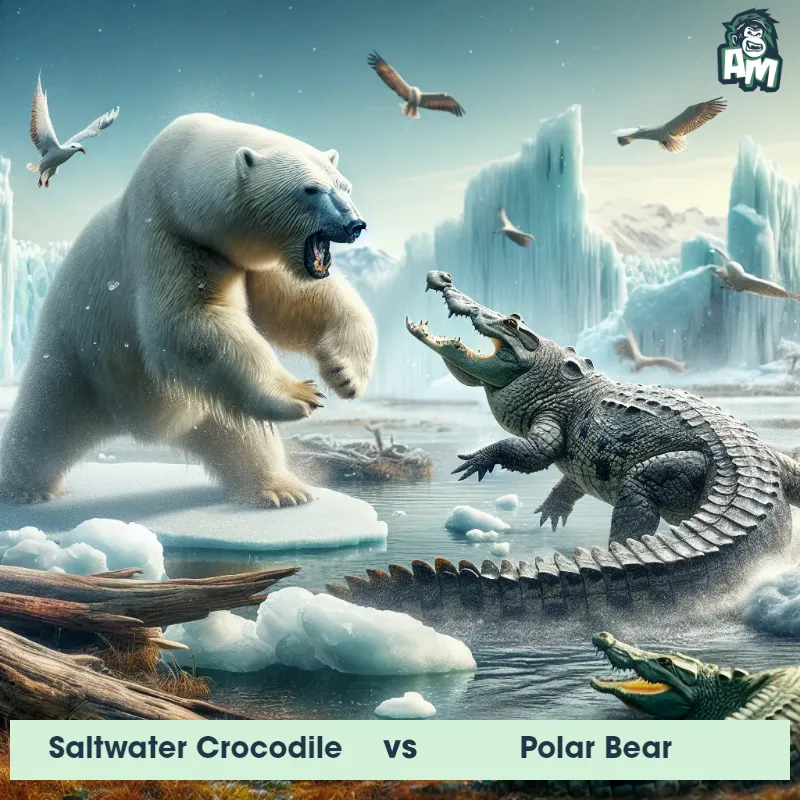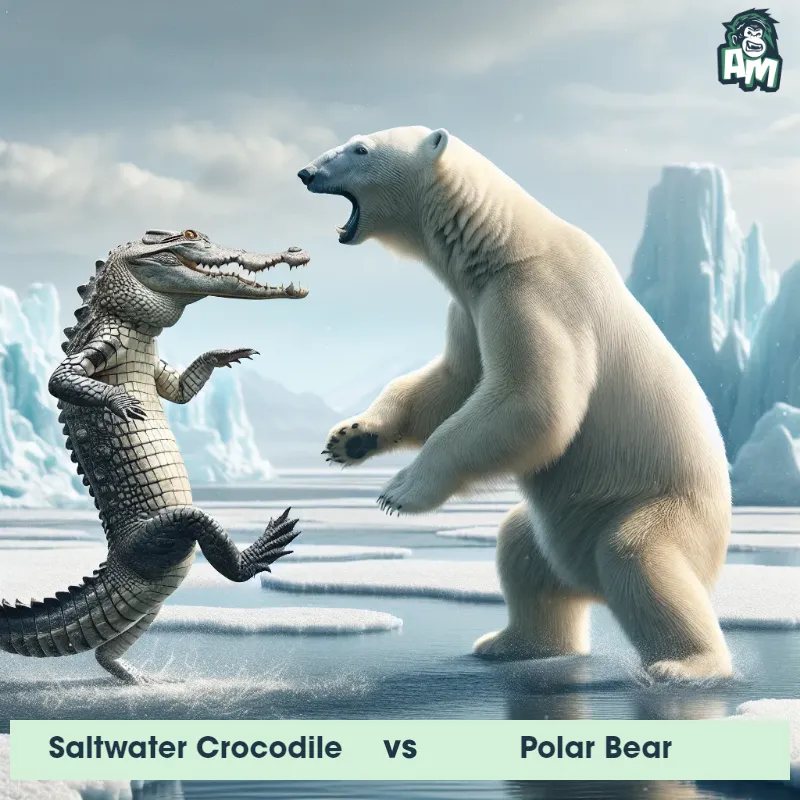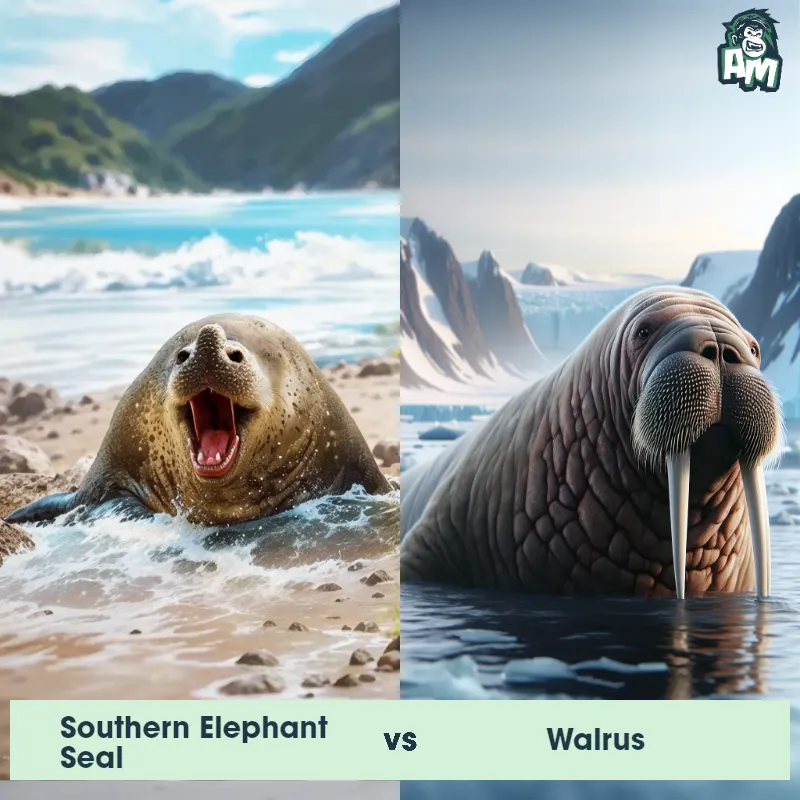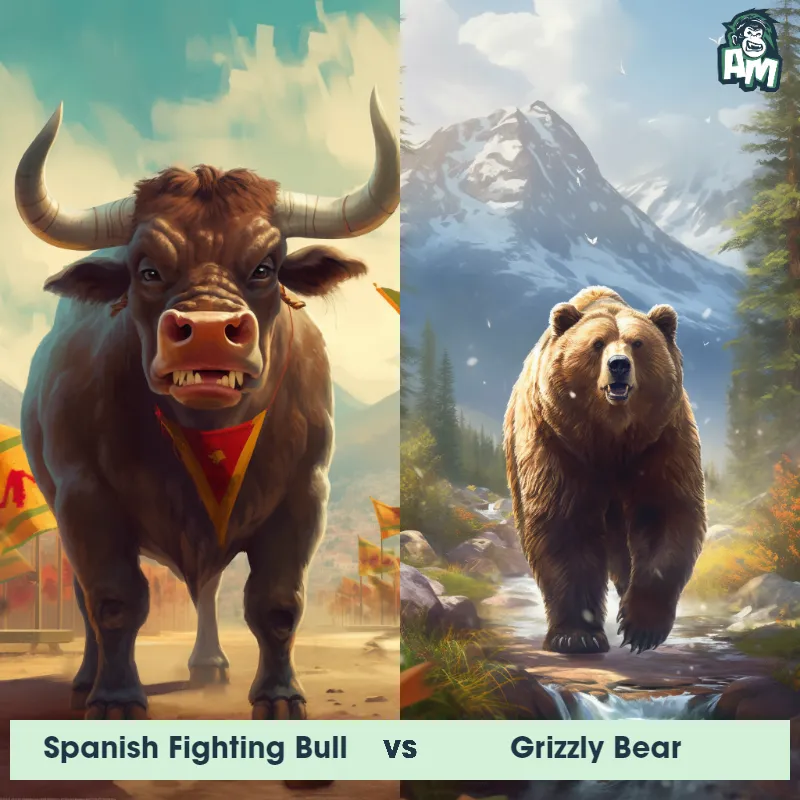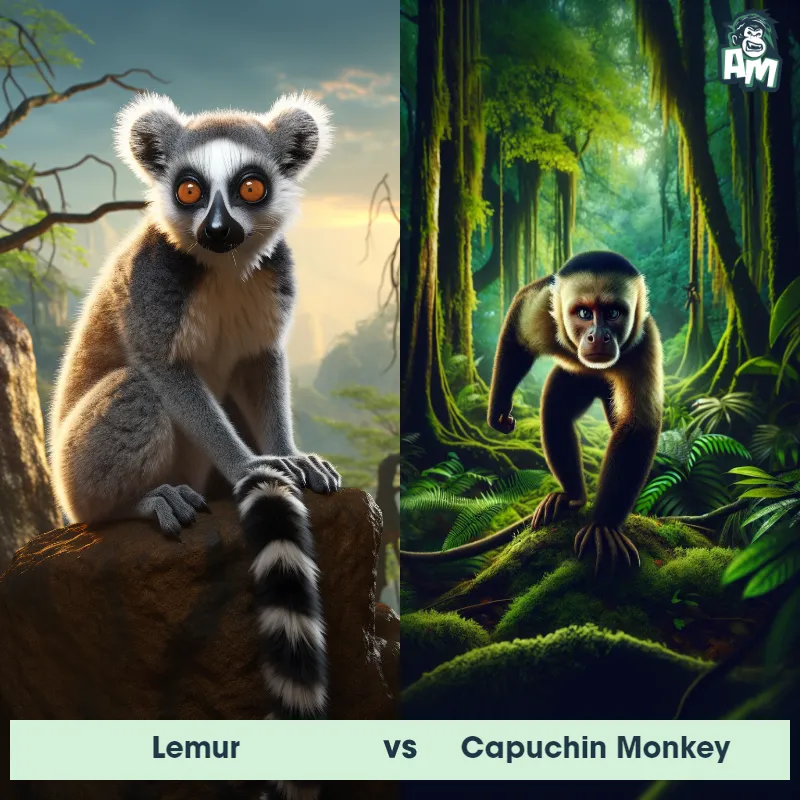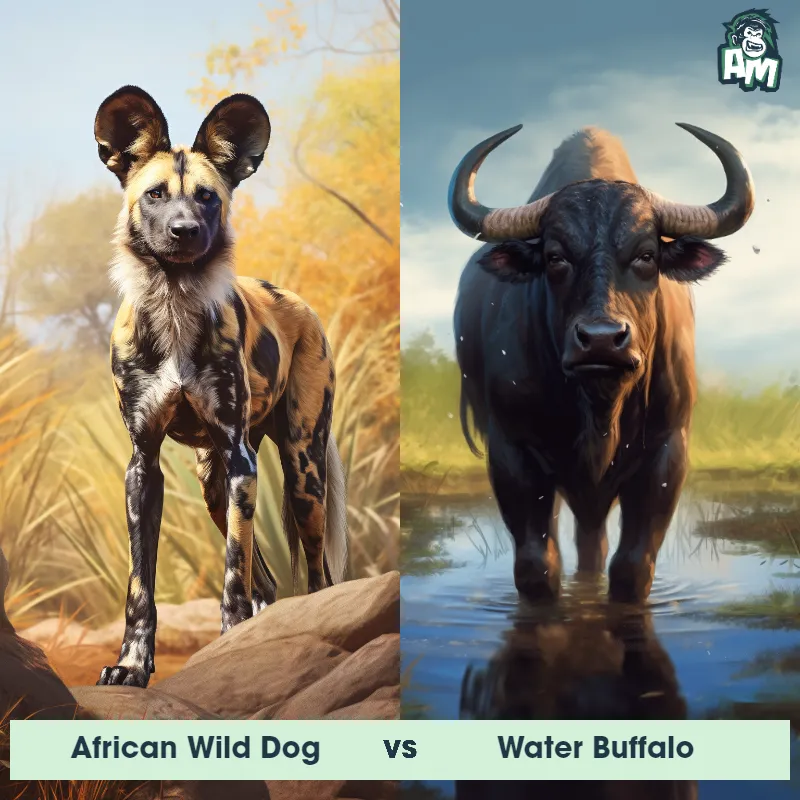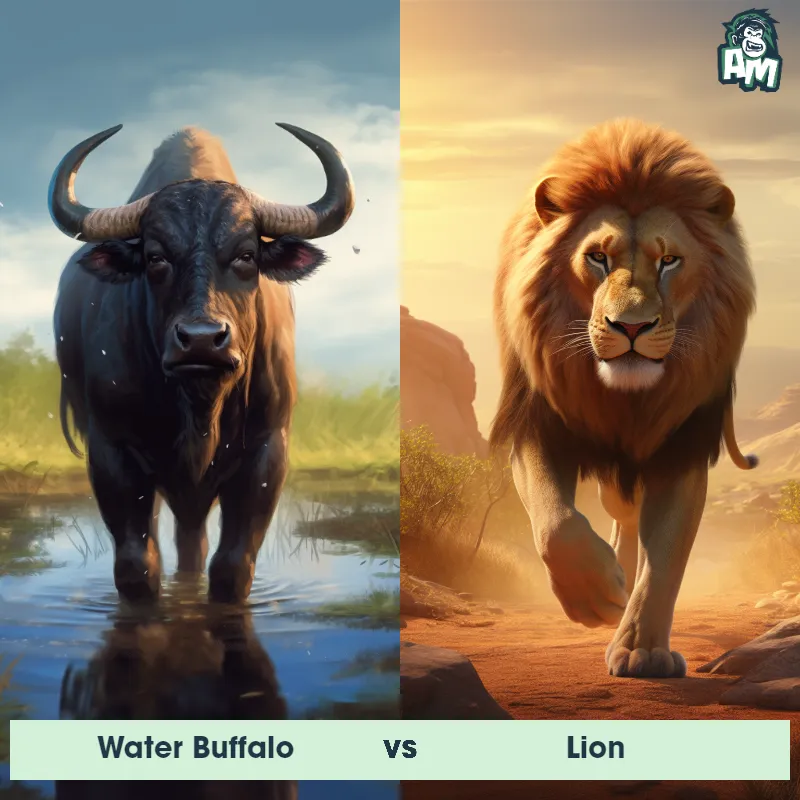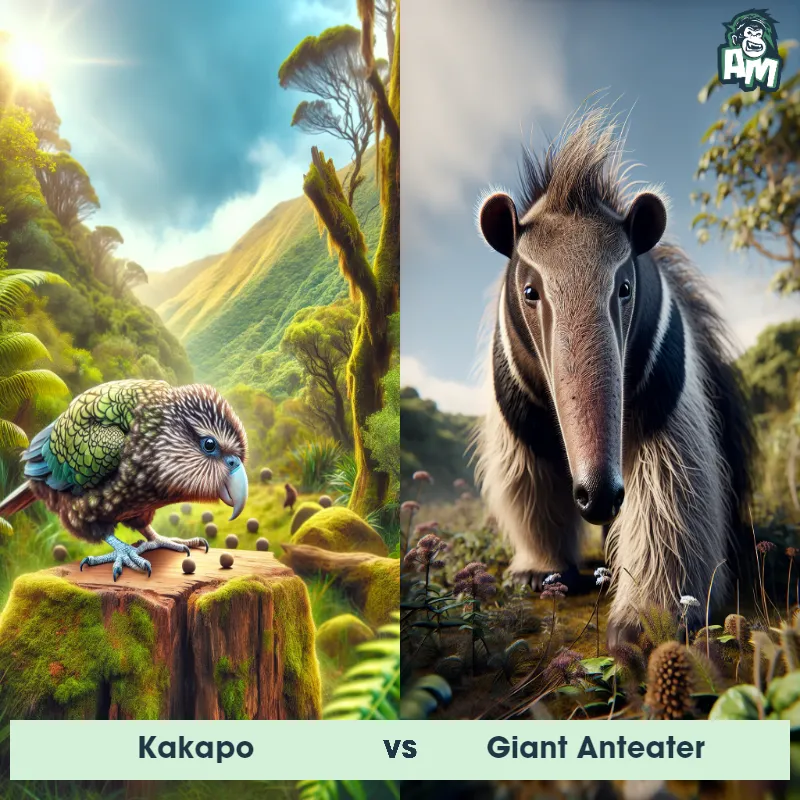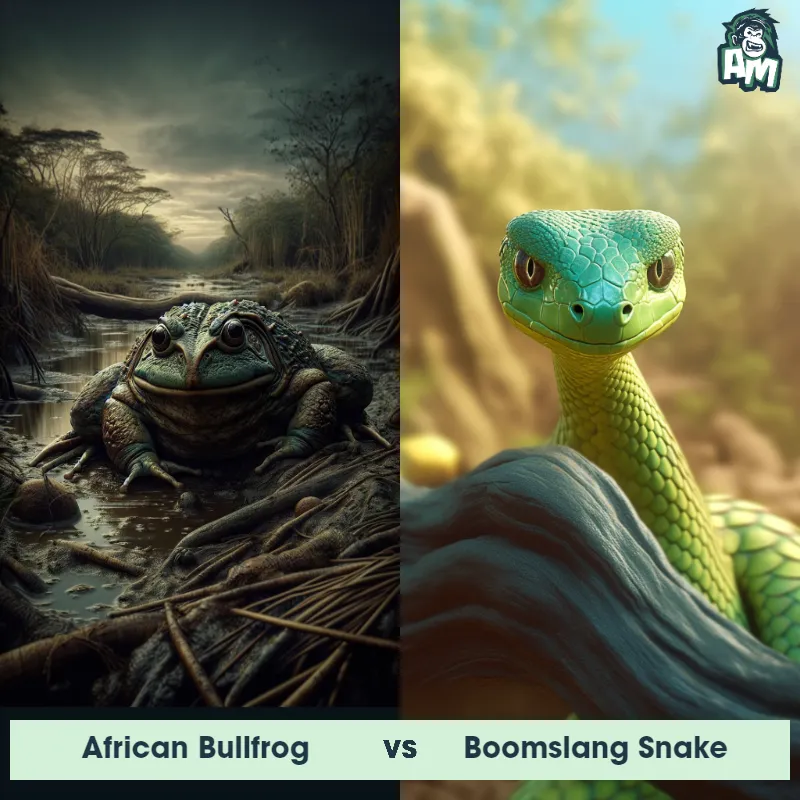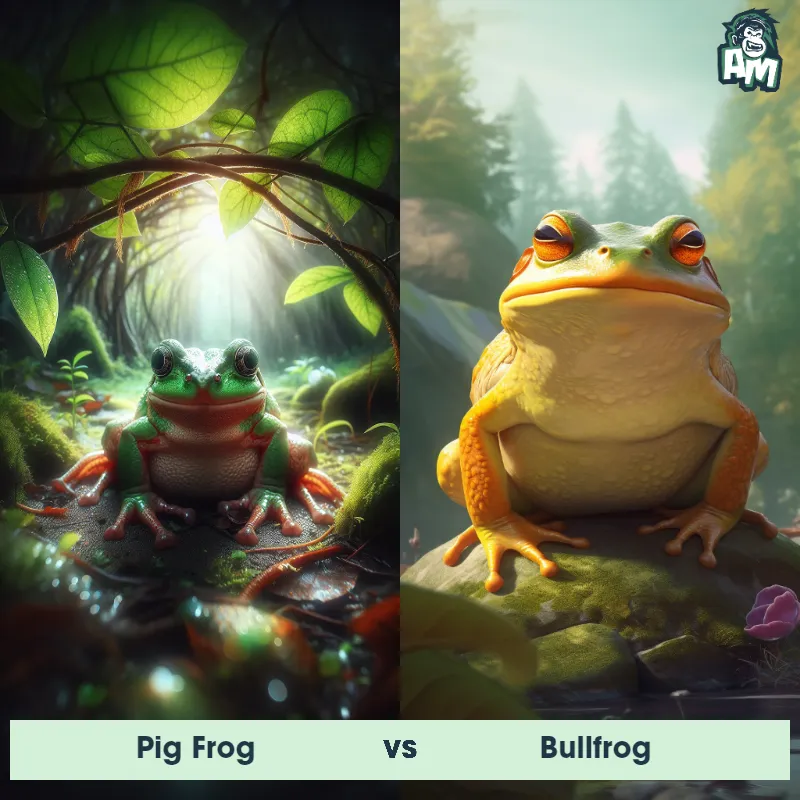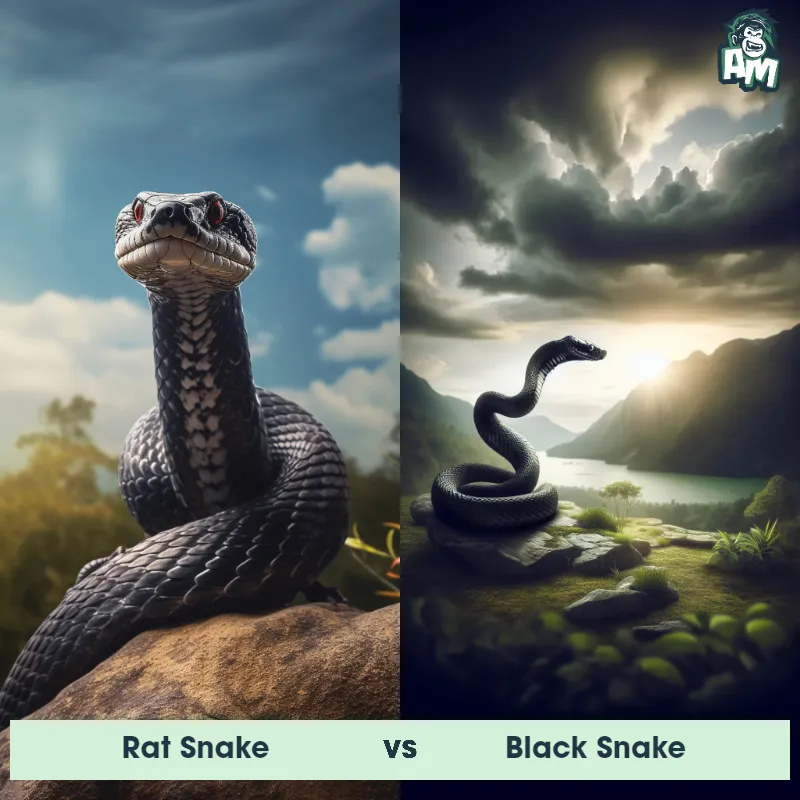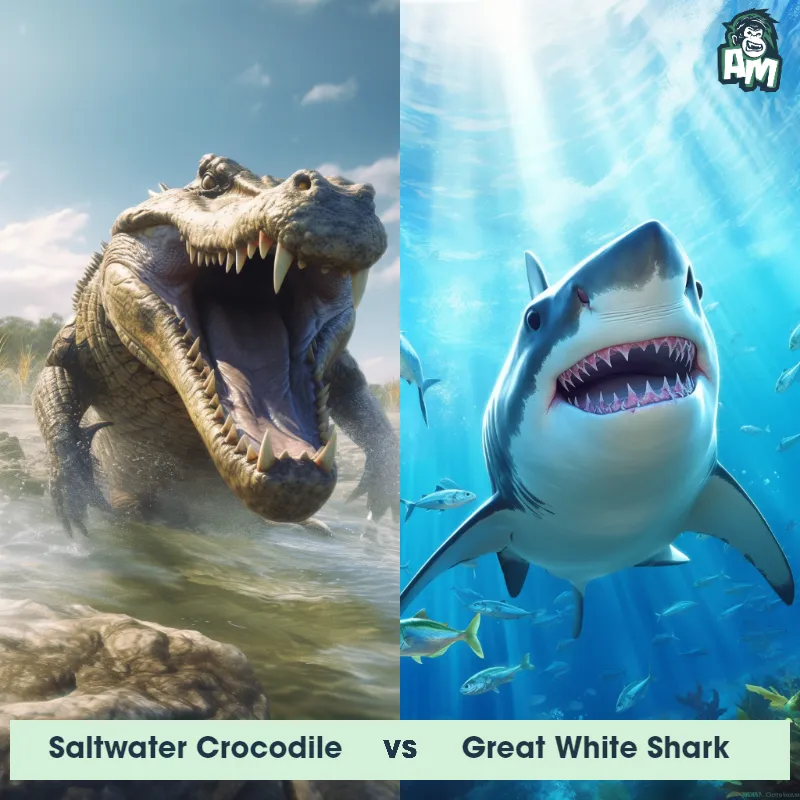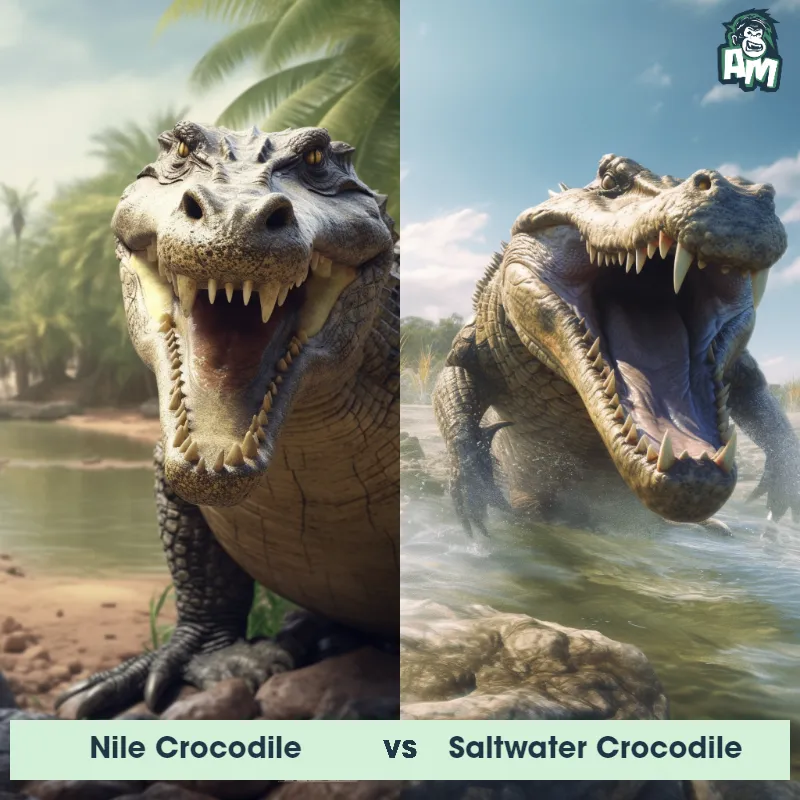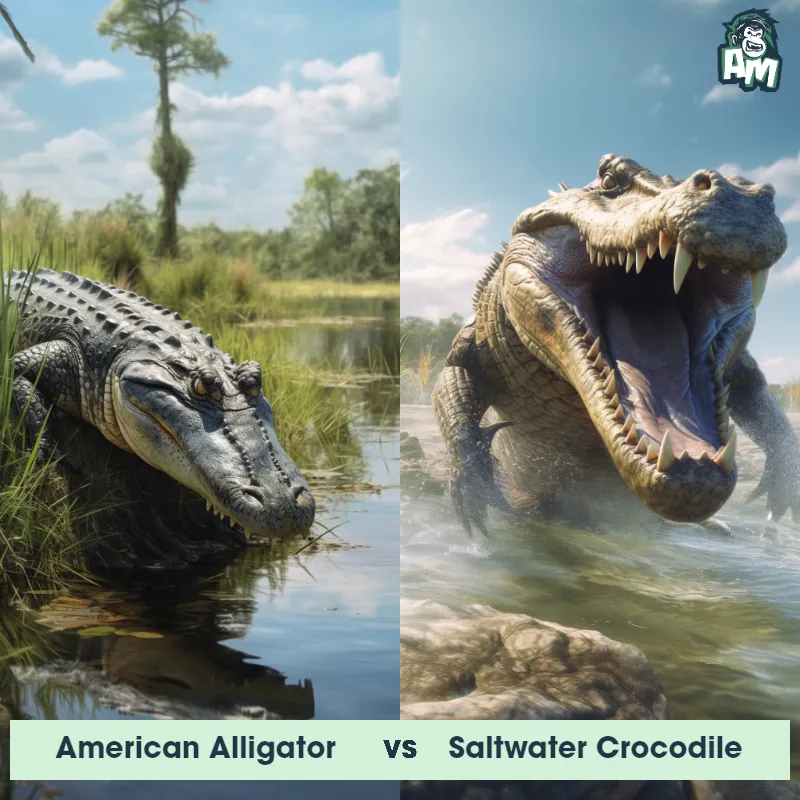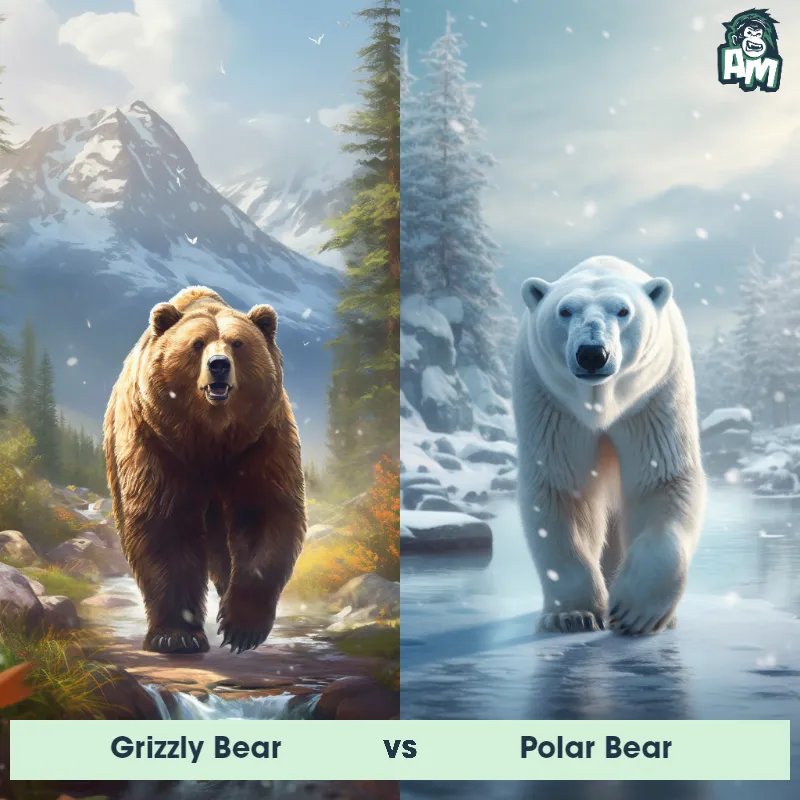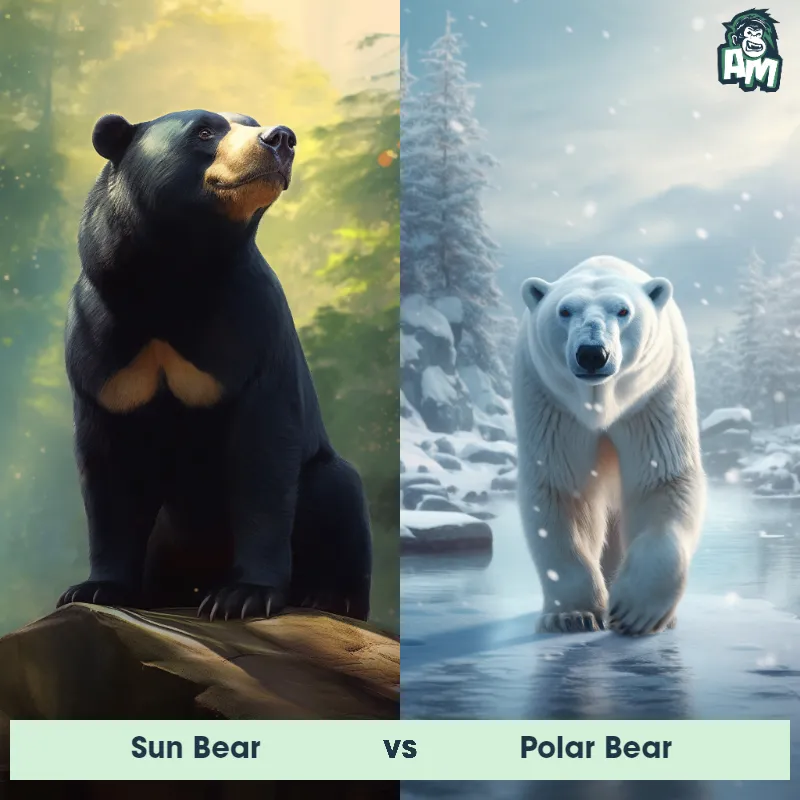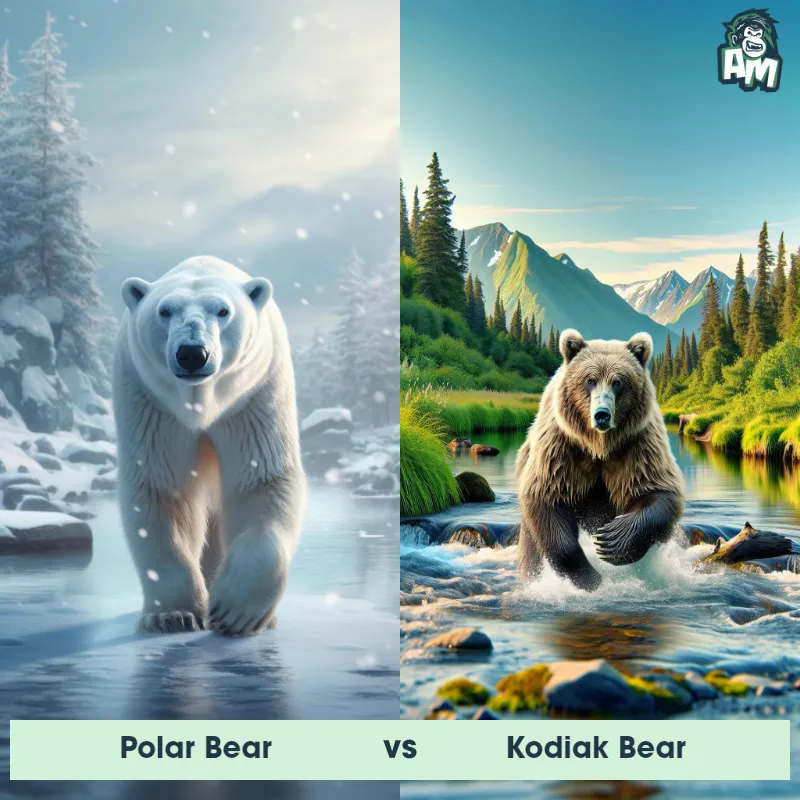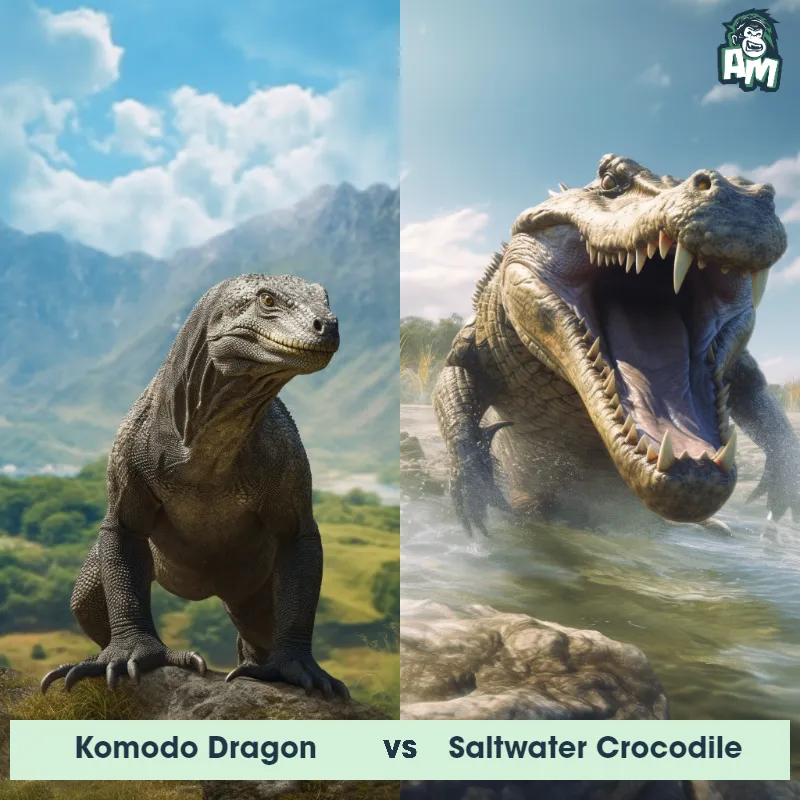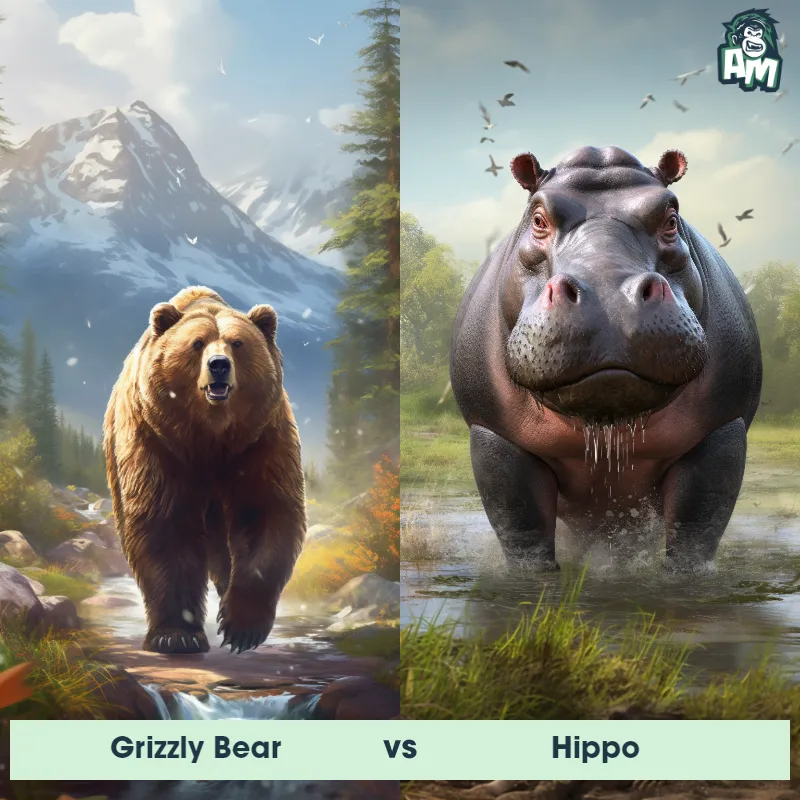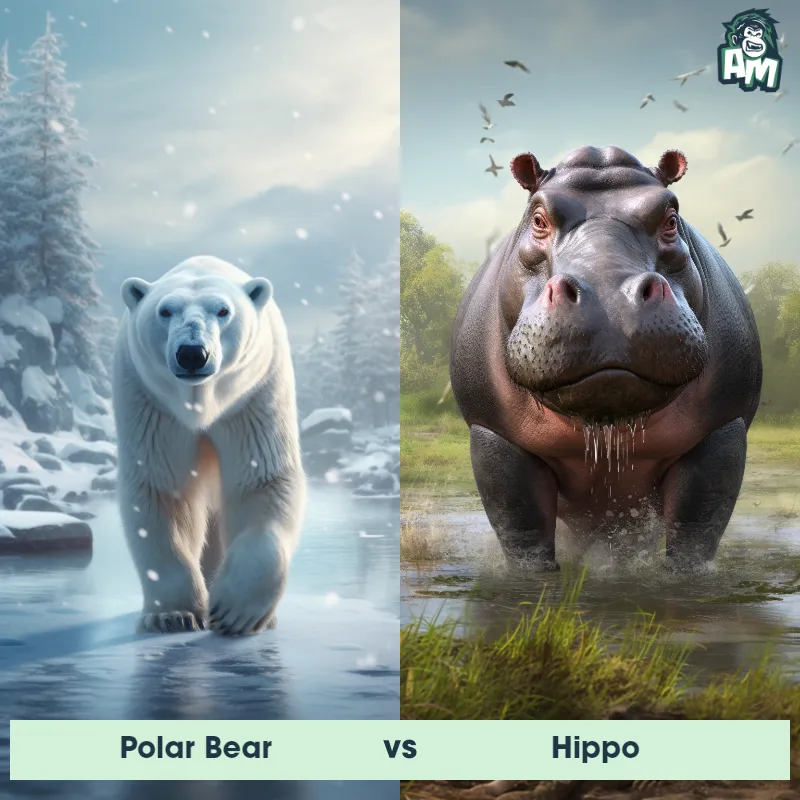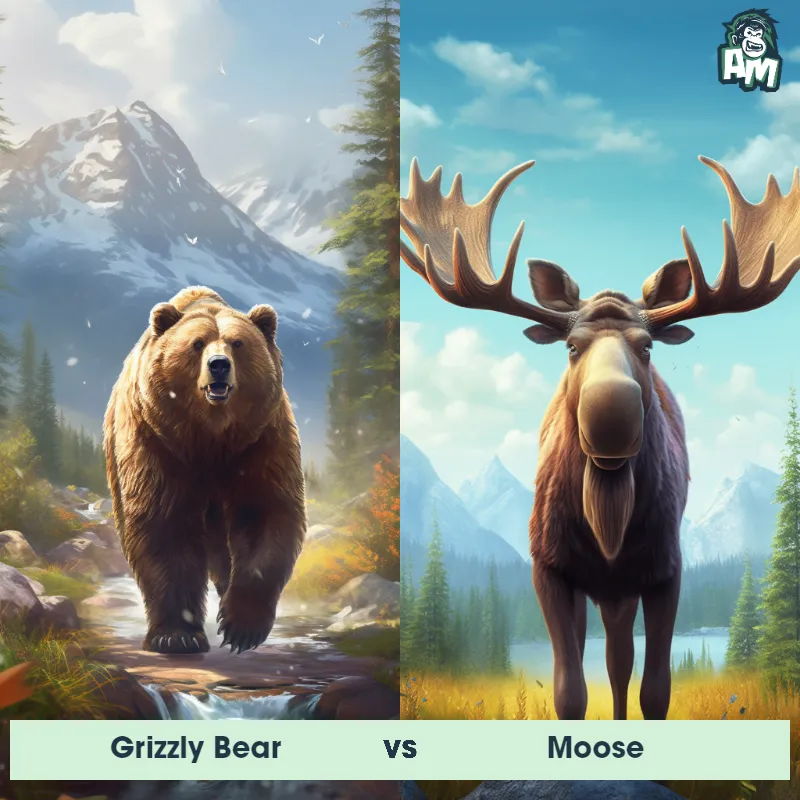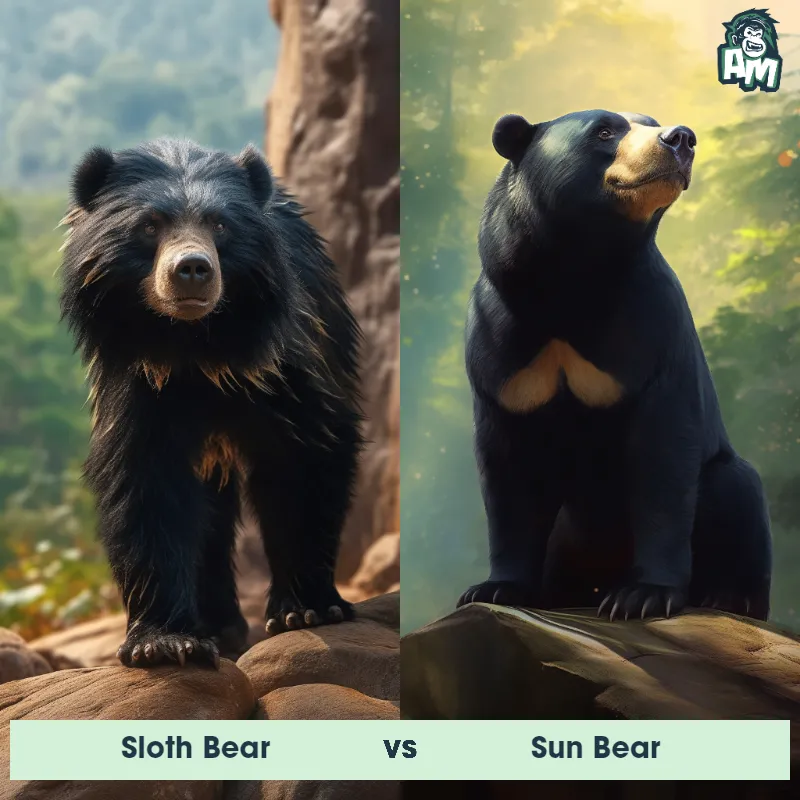Saltwater Crocodile vs Polar BearSee Who Wins
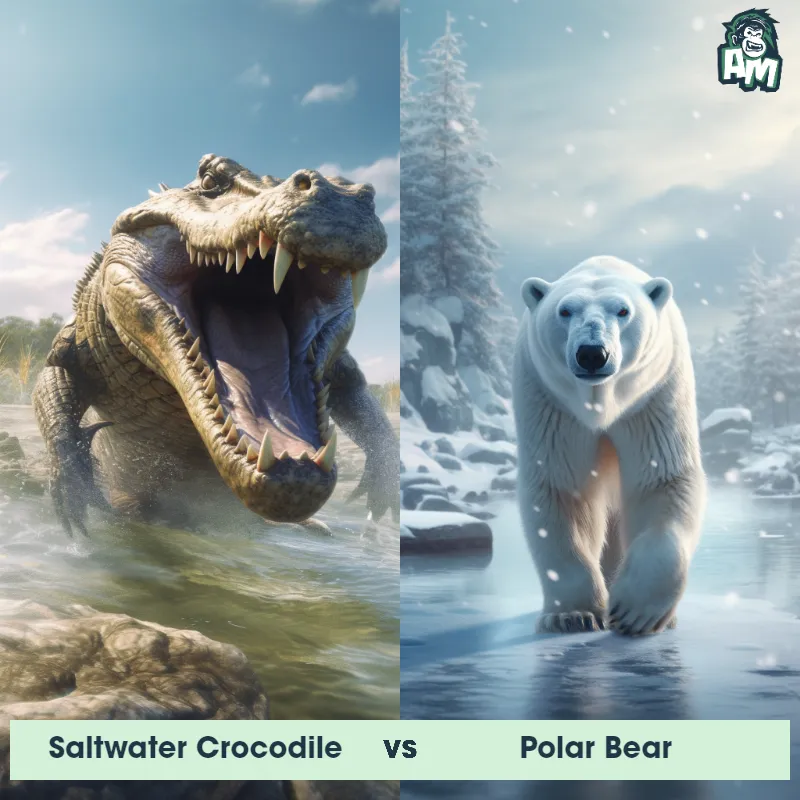
Brace yourselves for an epic showdown as two apex predators from vastly different habitats come face to face! Representing the tropical waters, we have the formidable Saltwater Crocodile, and from the icy realms of the Arctic, the mighty Polar Bear. Both are at the pinnacle of their domains, but today, they clash to determine who reigns supreme.
Contender 1: Saltwater Crocodile
The Saltwater Crocodile, also known as the estuarine crocodile, is the largest living reptile in the world, with males reaching up to 23 feet in length and weighing over a ton. They have a powerful jaw with over 60 teeth and are covered in tough, scaly skin that ranges from grayish-brown to black in color. They are found in the brackish and freshwater habitats of Southeast Asia and Northern Australia and are known for their aggressive behavior towards humans.
Fun Fact: Saltwater Crocodiles have the strongest bite force of any animal in the world, with a bite strength of up to 3,700 pounds per square inch, which is strong enough to crush a car.
Contender 2: Polar Bear
The Polar Bear, also known as the Ursus maritimus, is a large carnivorous mammal that inhabits the Arctic region. They have a thick white fur coat that helps them blend in with their snowy surroundings, and their large paws are equipped with sharp claws that allow them to grip onto ice and catch prey. Polar Bears are excellent swimmers and can swim for long distances in search of food. They are also known for their incredible sense of smell, which they use to detect prey from miles away.
![[object Object] Gif](https://tenor.com/view/fight-mission-critical-nat-geo-wild-scuffle-brawl-gif-20524033.gif)
Fun Fact: Polar Bears have a layer of fat that can be up to 4.5 inches thick, which helps them stay warm in the frigid Arctic temperatures.
Matchup Stats
| Saltwater Crocodile | Polar Bear | |
|---|---|---|
| Size | Up to 23 feet (7 meters) | 8-10 feet (2.4-3 meters) |
| Weight | Over a ton (1,000 kg) | 900-1,600 pounds (408-725 kilograms) |
| Speed | Land Speed: 11 mph (18 km/hr) | Speed: 25 mph (40 km/hr) |
| Key Strength | Powerful jaw with 64-68 teeth and strongest bite force of any animal in the world | Powerful jaws and sharp claws |
| Biggest Weakness | Slow on land and vulnerable to attacks on the soft underbelly | Slow movement on land |
Current Votes
Saltwater Crocodile vs Polar Bear
See Who Wins
Match Highlights
View More Matches
Looking For More?
Similar Matches
Scientific Stats
| Saltwater Crocodile | Polar Bear | |
|---|---|---|
| Scientific Name | Crocodylus porosus | Ursus maritimus |
| Family | Crocodylidae | Ursidae |
| Habitat | Brackish and freshwater habitats | Arctic region |
| Geography | Southeast Asia and Northern Australia | Arctic Circle |
| Diet | Carnivorous, preys on fish, birds, mammals, and other reptiles | Carnivorous, primarily seals |
| Lifespan | 70 years - 100 years | 20 years - 30 years |
Key Differences between Saltwater Crocodile and Polar Bear
- Head shape: The Saltwater Crocodile has a pointed, elongated snout with visible teeth when its mouth is closed, while the Polar Bear has a broad, rounded head with large, sharp teeth adapted for catching and eating seals.
- Body shape: The Saltwater Crocodile has a long, streamlined body with a narrow snout and a muscular tail, adapted for swimming, while the Polar Bear has a bulky, barrel-shaped body with a large head and strong limbs, adapted for walking and swimming.
- Coloration: The Saltwater Crocodile has a dark brown or grayish body with lighter undersides, helping it to blend in with its surroundings in the water, while the Polar Bear has a white or cream-colored fur, providing camouflage in the snowy Arctic habitat.
- Size: The Saltwater Crocodile is the largest living reptile, reaching lengths of up to 23 feet and weighing up to 2,200 pounds, while the Polar Bear is the largest species of bear and can grow up to 10 feet tall and weigh up to 1,500 pounds.
- Skin texture: The Saltwater Crocodile has rough, scaly skin with osteoderms (bony plates) on its back, providing protection, while the Polar Bear has thick fur covering its body, keeping it insulated in the cold Arctic environment.
- Limb structure: The Saltwater Crocodile has short legs with webbed feet, ideal for swimming and navigating in water, while the Polar Bear has long, powerful limbs with large paws and strong claws, suitable for walking on land and gripping the ice.



